by GaryG
Roger Smith holds a special place in the pantheon of independent watchmaking, both on his own merits and as the man who worked most closely with the legendary George Daniels.
From his workshop on the Isle of Man, Roger turns out a very small number of distinctive pieces each year; I’m fortunate to count among my close friends two fellows who own variants of the Roger Smith Series 2, the subject of this edition of Behind the Lens.
Taking a look: front and back
While any Smith watch is rare, the particular Series 2 that you see in the photo above is in fact unique: it’s the only such watch in stainless steel that Smith has yet produced. My friend has made a practice over the past several years of acquiring a variety of top-end independent watches in steel, which comes close to the visual whiteness of platinum without the attendant weight.
While from a casual glance the dial side of the Series 2, with its varied guilloche finishes, prominent power reserve, and asymmetric layout, might be mistaken for a Breguet, upon closer inspection its origin becomes rapidly apparent. In particular, the sculpted hands and especially their three-dimensional arrows that indicate hours and minutes, are a dead giveaway.
And in everything from the prominently raised chapter rings, power reserve scale, and name plaque to the deeply carved and lacquer-filled numerals, the clear message here is one of hand-made construction and assertive dimensionality.
When we flip the watch over, any comparisons to the style of Breguet come to a screeching halt. As you can see in the photo above, the movement design is quite elemental, and the finishing is in a traditional English style with frosted plates and simple edge shapes and bevels in stark contrast to the more florid Swiss style.
I got in a bit of trouble with some folks in a prior article here by referring to this style as “rustic”; perhaps the term was a bit harsh, but I hope that you can see what I meant!
Zooming in
If there’s one thing I’ve learned over the past few years of photographing watches, it is that the macro lens is an unforgiving tool. Any tiny flaw in the actual watch becomes a massive blemish when seen at full-screen sizes. Even with the reduced image sizes and upload compression we use here at Quill & Pad, there’s no place to hide.
In both the image immediately above and the prior dial-side images, some of the glitches with this particular example of the Series 2 become evident, including the rough edges of the Romans VII and VIII, uneven lacquer fill in some of the engraved numerals, and (a bit less visible) non-uniform color of the blued hands.
This is, of course, where individual taste and viewing context come to the fore: as seen with the naked eye, to me the overall effect is one of interpretive hand craftsmanship. Seen on my giant Thunderbolt monitor, my impression is somewhat less favorable.
In this movement view, the key technical item to notice is about halfway up near the left edge: the co-axial escapement, which was developed by Daniels and improved by Smith. Of course, you can also get an even better sense of the design and finishing choices made by Roger; straight-edged plates and bridges and simple shapes, frosted surfaces, chatons and bridges affixed with deeply blued screws.
Shooting the Series 2 in the wild
Shooting watches in the calm of my home office with controlled lighting and a stable tripod is great, but sometimes opportunity knocks in less favorable settings.
If your watch pals are like mine, they love to meet over meals! That’s great as far as it goes, but if you’ve brought your camera along you’ve probably noticed that most restaurant lighting is diabolical: too bright or too dark overall, with glaring pinpoint spotlights, and usually involving halogen lamps that throw a strange orange light that is almost impossible to correct.
And, whether you are holding the watch in hand, wearing it on your wrist, or perching it on a table being jostled by the elbows of your compadres, achieving a stable relationship between the positions of the watch and camera is virtually impossible. Other than that, perfect conditions, right?
Here’s a view of the same watch as shot in a bustling restaurant with my point-and-shoot camera. You can probably tell that I was lucky: there was a window to my left casting fairly clean natural light from that side and generating some nice shadows that give the image a high-contrast appearance. Still, a substantial amount of post-processing was needed to adjust the white balance so that it didn’t look as if I was holding the watch in a tanning booth.
One nice thing about the bright lighting at the restaurant was its ability to bring out the vivid blue of the numerals on the Series 2 dial. Also, outside of the more sterile light tent environment and at a more natural viewing size, the small flaws in execution seem to melt away in favor of an overall impression of deeply hewn, masculine craftsmanship.
The Series 2 on the wrist
At the end of the day, watches are made to be worn! So, how does the Series 2 actually look on the wrist? In my view, darned good, as seen below:
Two big things I’m hoping to see from a watch when I see it peeking out from below my sleeve:
· Visual interest: are there enough visual landmarks and engaging textures to make my eye linger?
· Coherence and harmony: as a whole, does the appearance of the piece make sense? In particular, do various parts seem to blend well, and does the watch maintain the visual interest mentioned above without having to be jarring?
For me, the Series 2 passes both of these tests quite easily.
And the appeal of the Series 2 goes well beyond the look of its dial, of course, with its co-axial escapement, its clear linkage to the tradition of George Daniels, and the devoted work that Roger and his team put into each and every part of the watch.
The Smith Series 2 a watch that I was delighted to have the opportunity to borrow and photograph, and if the stars align in future I would be more than pleased to add one to my own collection. Now I need to find one of the Open Dial versions to photograph!
For full information on the origins of this model, please visit www.rwsmithwatches.com.
Quick Facts
Case: 40 x 13 mm, stainless steel, crafted using the Daniels method
Movement: manually wound caliber, 18,000 vph, power reserve 36 hours
Functions: hours, minutes, small seconds; power reserve display
Price: in 18-karat gold, the Series 2 retails for $125,000
Trackbacks & Pingbacks
-
[…] can look at a Philippe Dufour Simplicity, an A. Lange & Söhne Datograph, a Roger Smith Series 2, or a Patek Philippe Reference 5078 Minute Repeater and be forgiven for uttering the words […]
-
[…] Then there is Roger W. Smith, the horological heir to the late, great George Daniels. The Isle of Man off the English coast is home to his atelier of magic: it is the birthplace of an amazing quality of watchmaking, done predominately “à la main.” (See Roger Smith Series 4 Triple Calendar and Behind The Lens: Roger Smith Series 2.) […]
Leave a Reply
Want to join the discussion?Feel free to contribute!








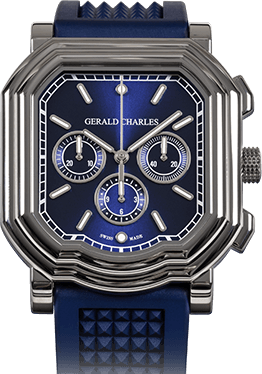
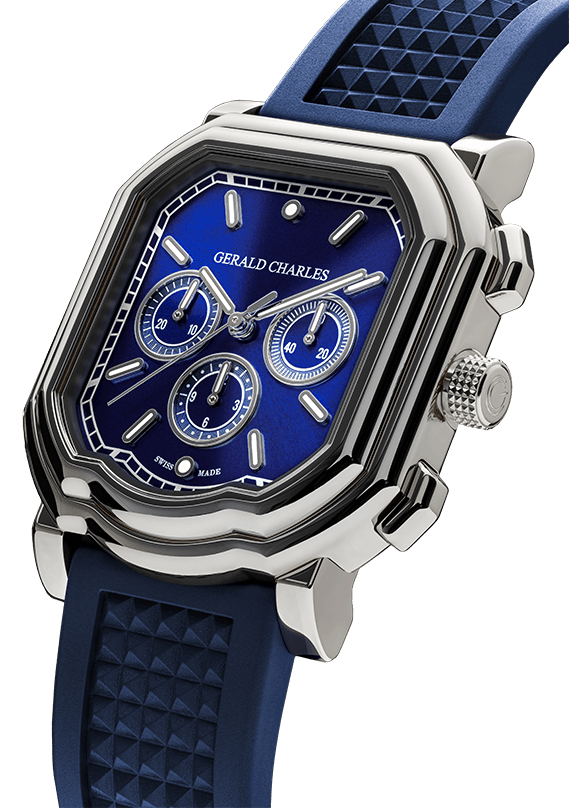

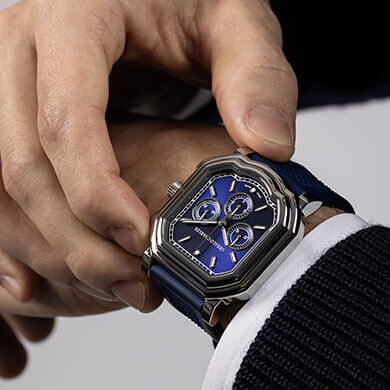






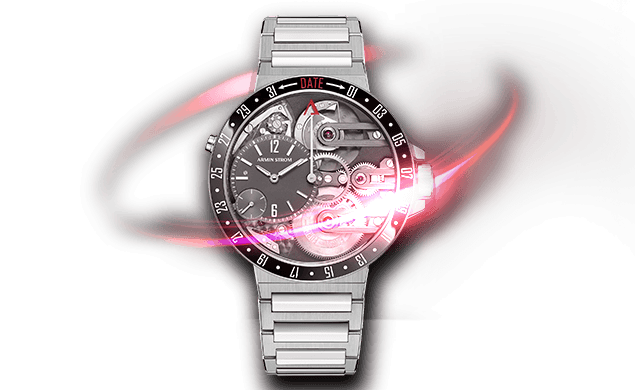
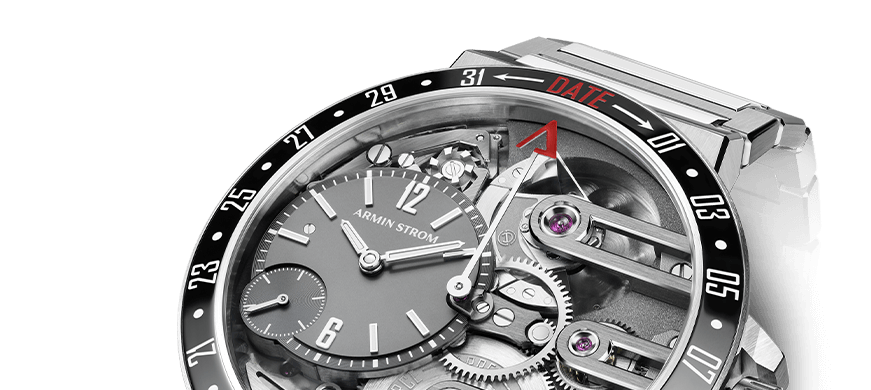
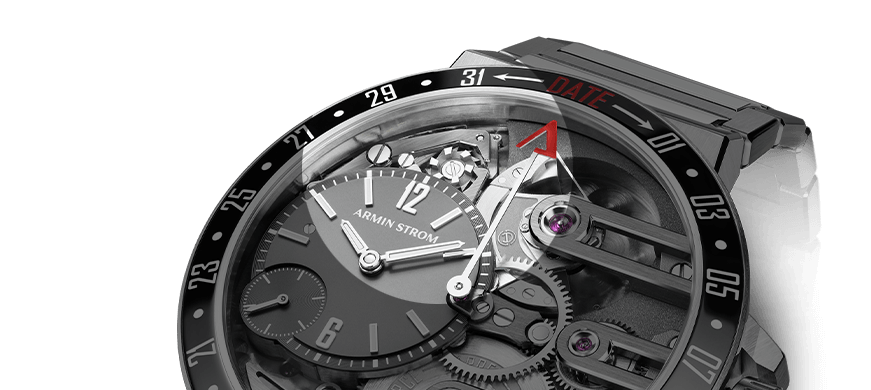


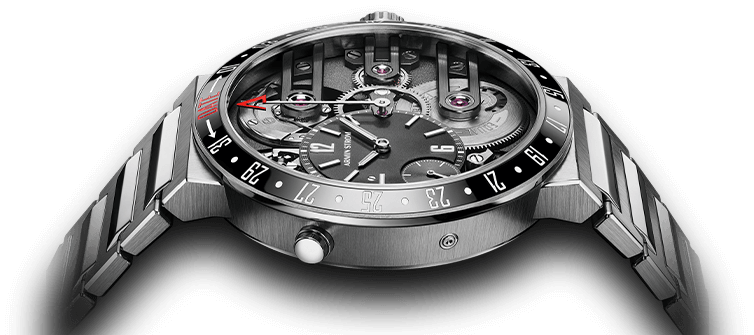
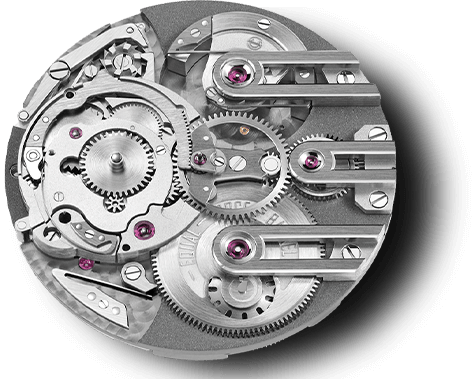


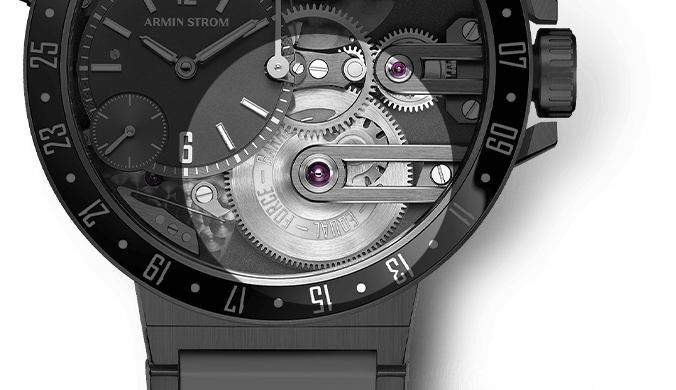


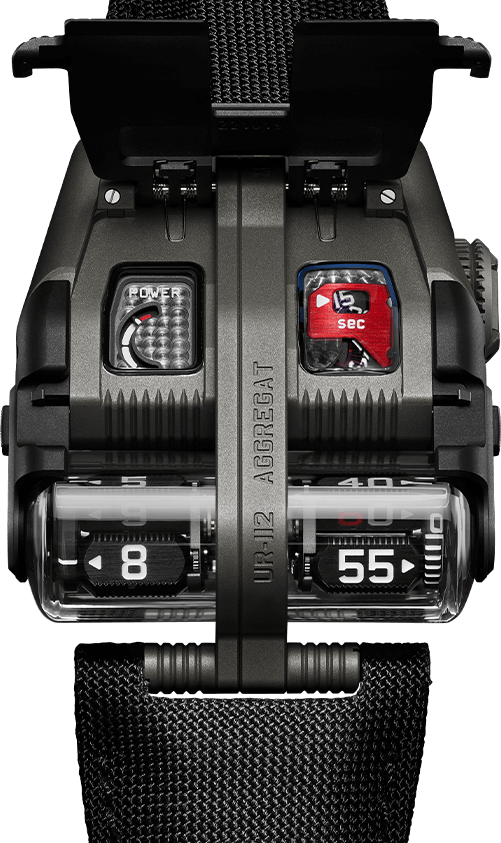

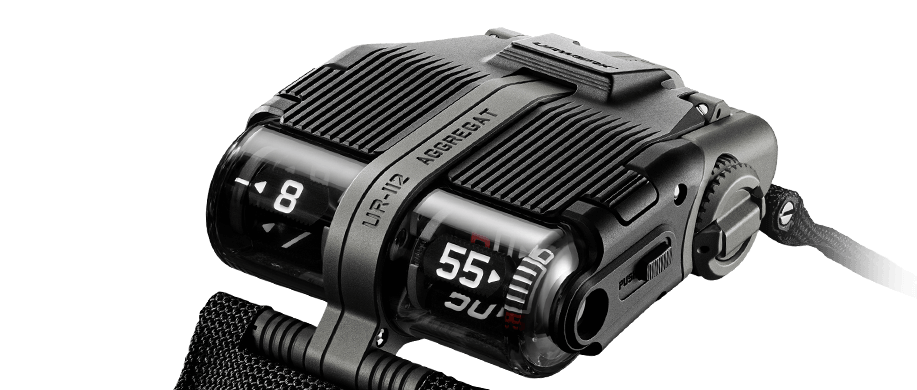
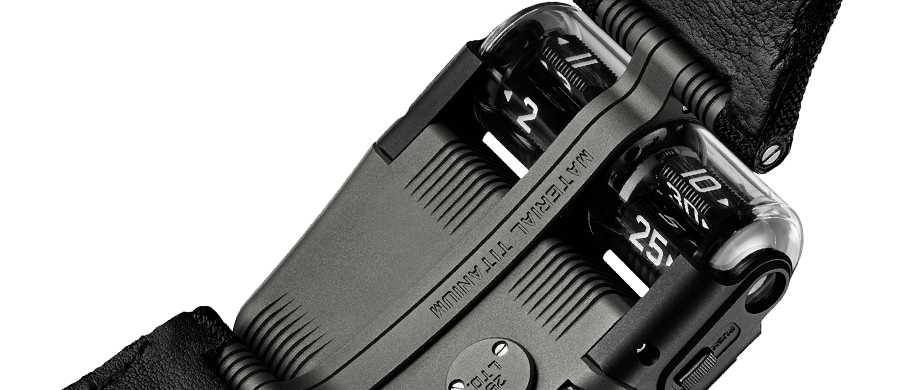
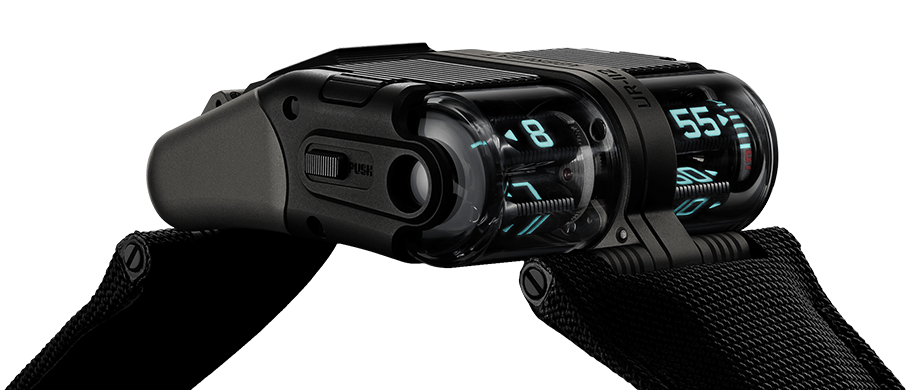


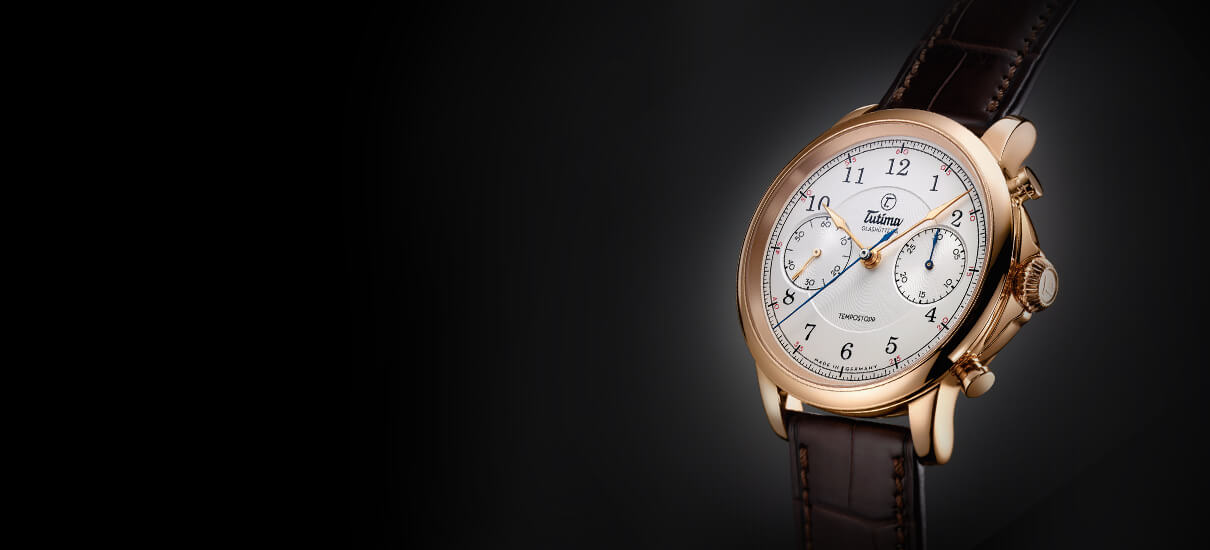

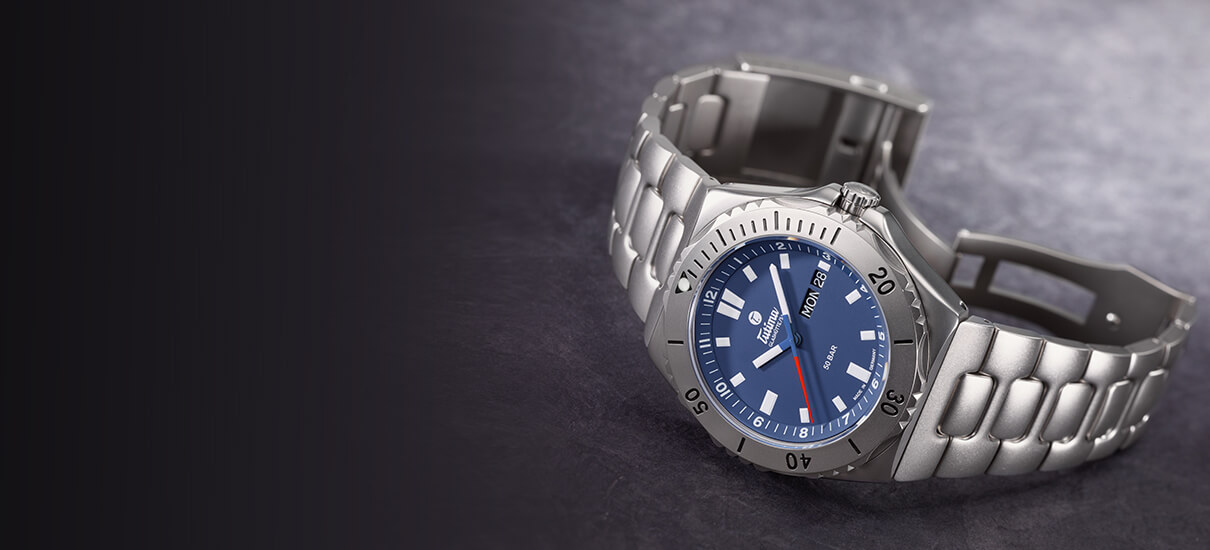

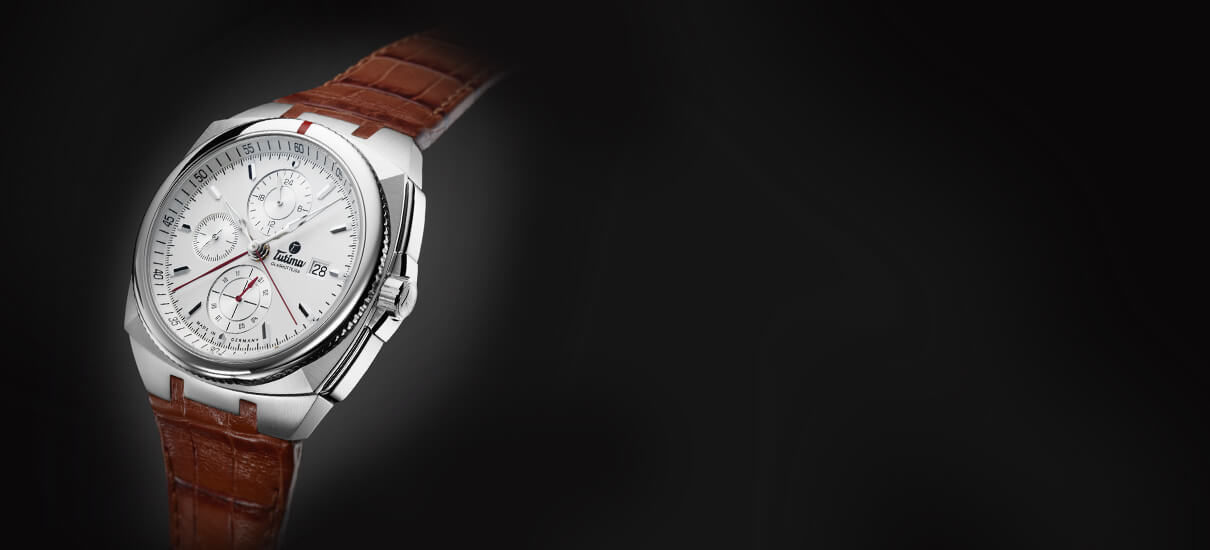

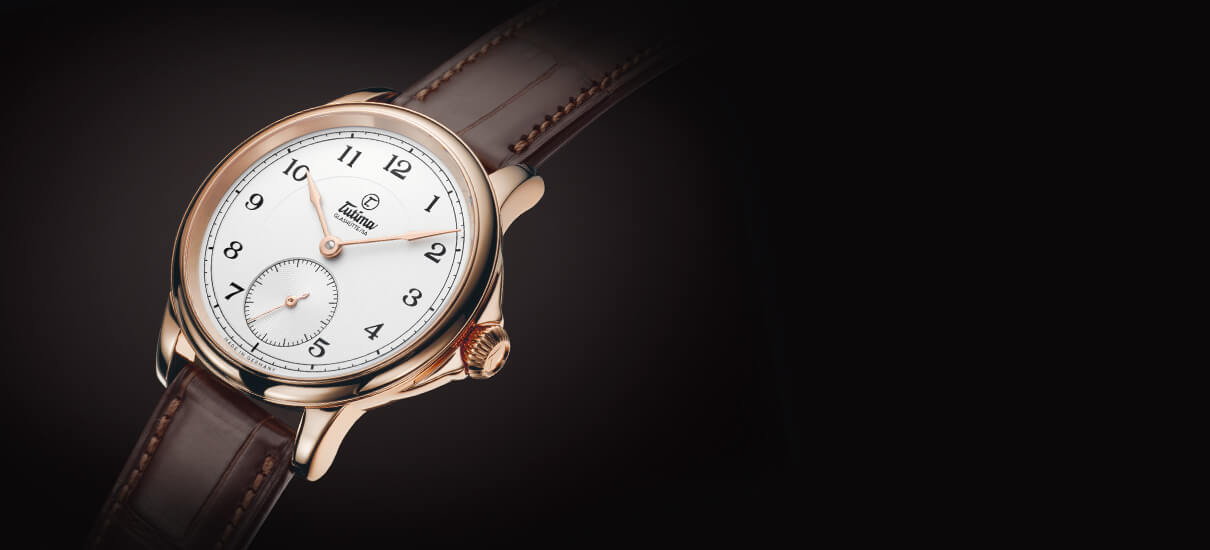

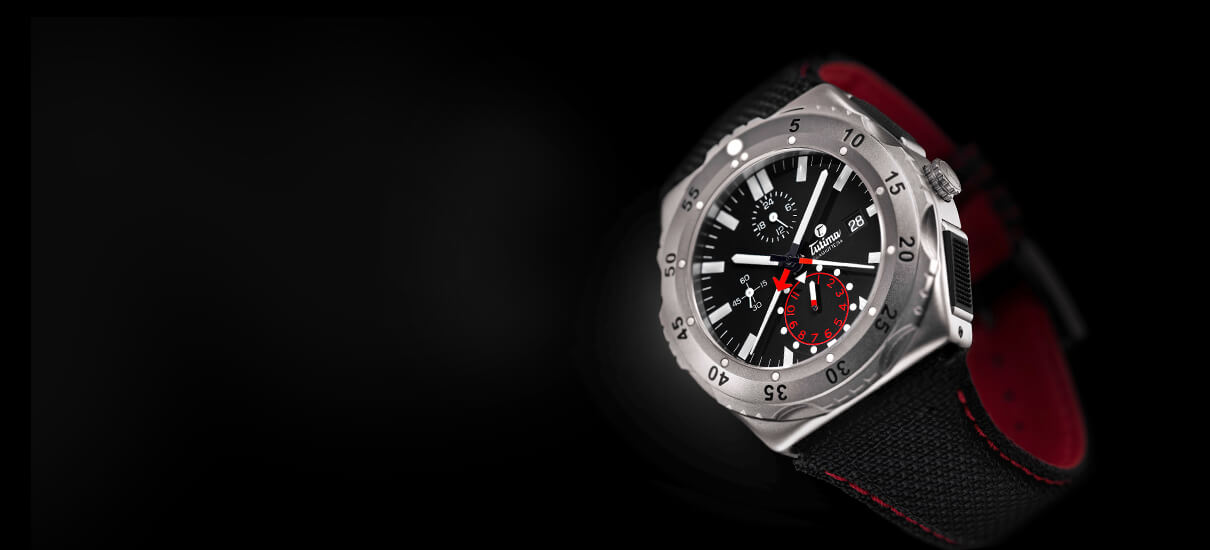

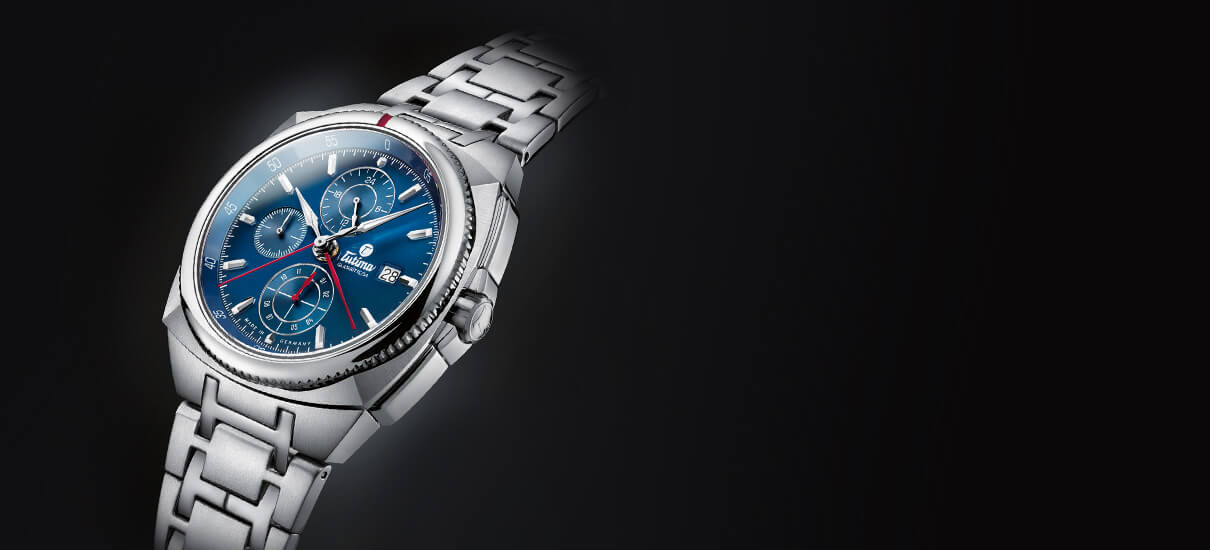

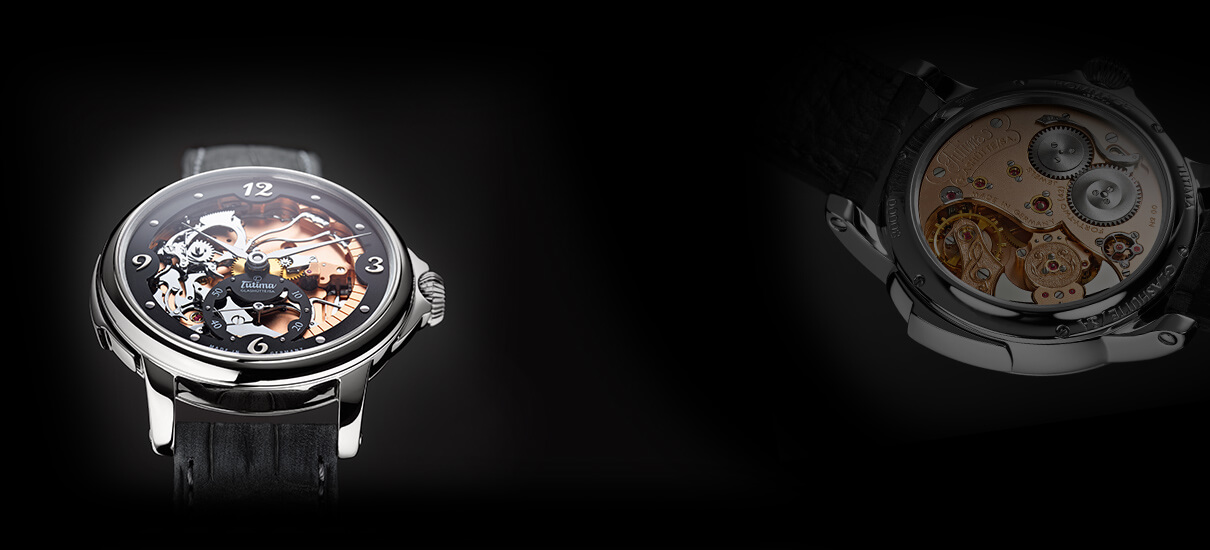



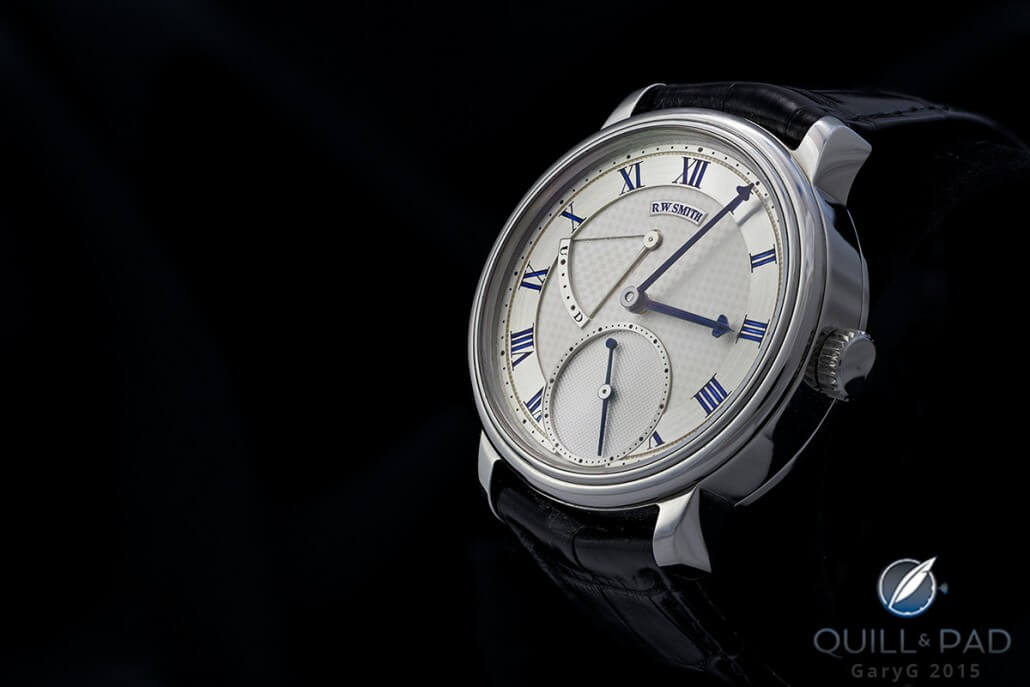
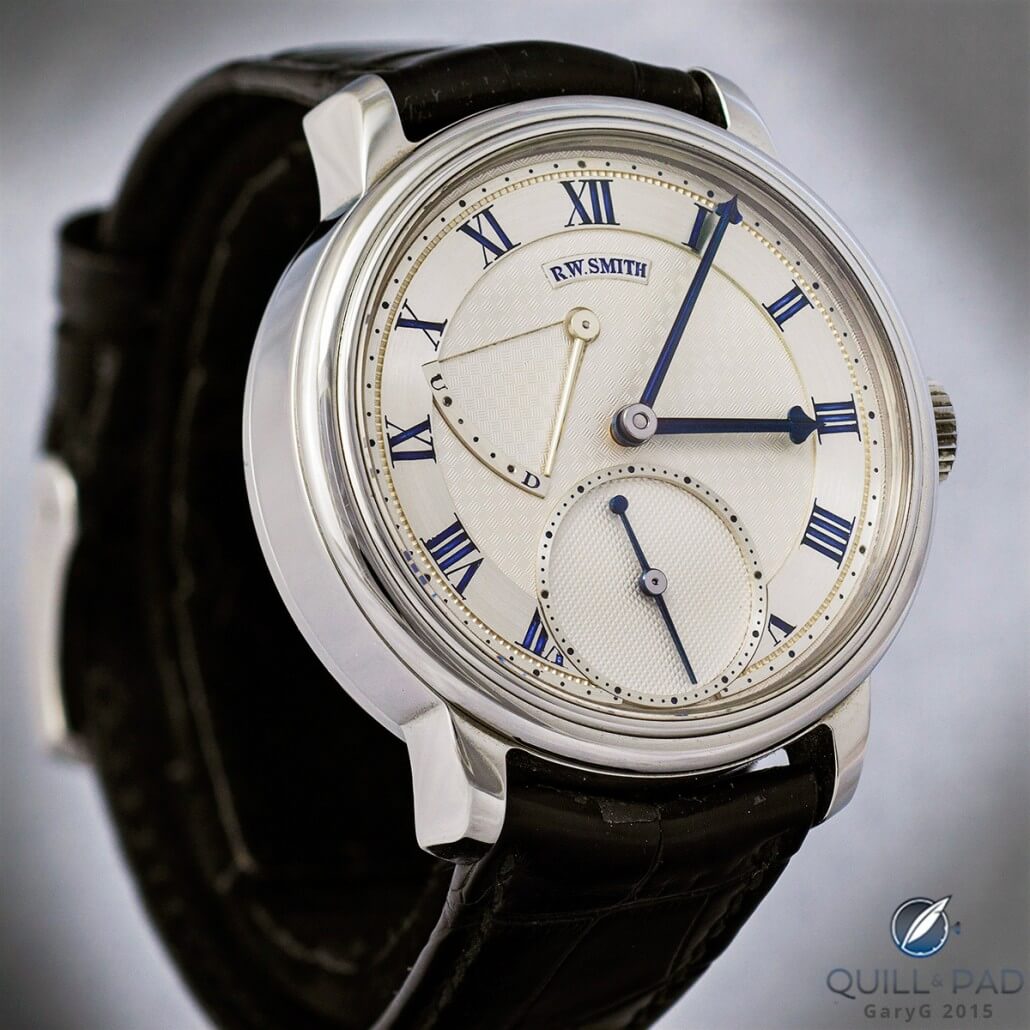
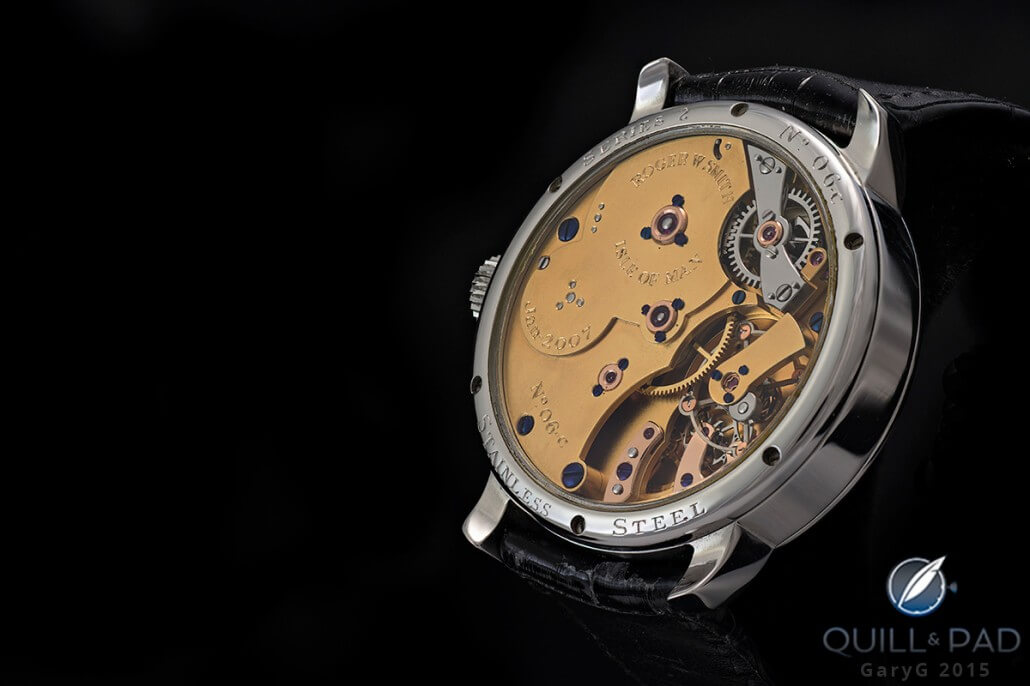
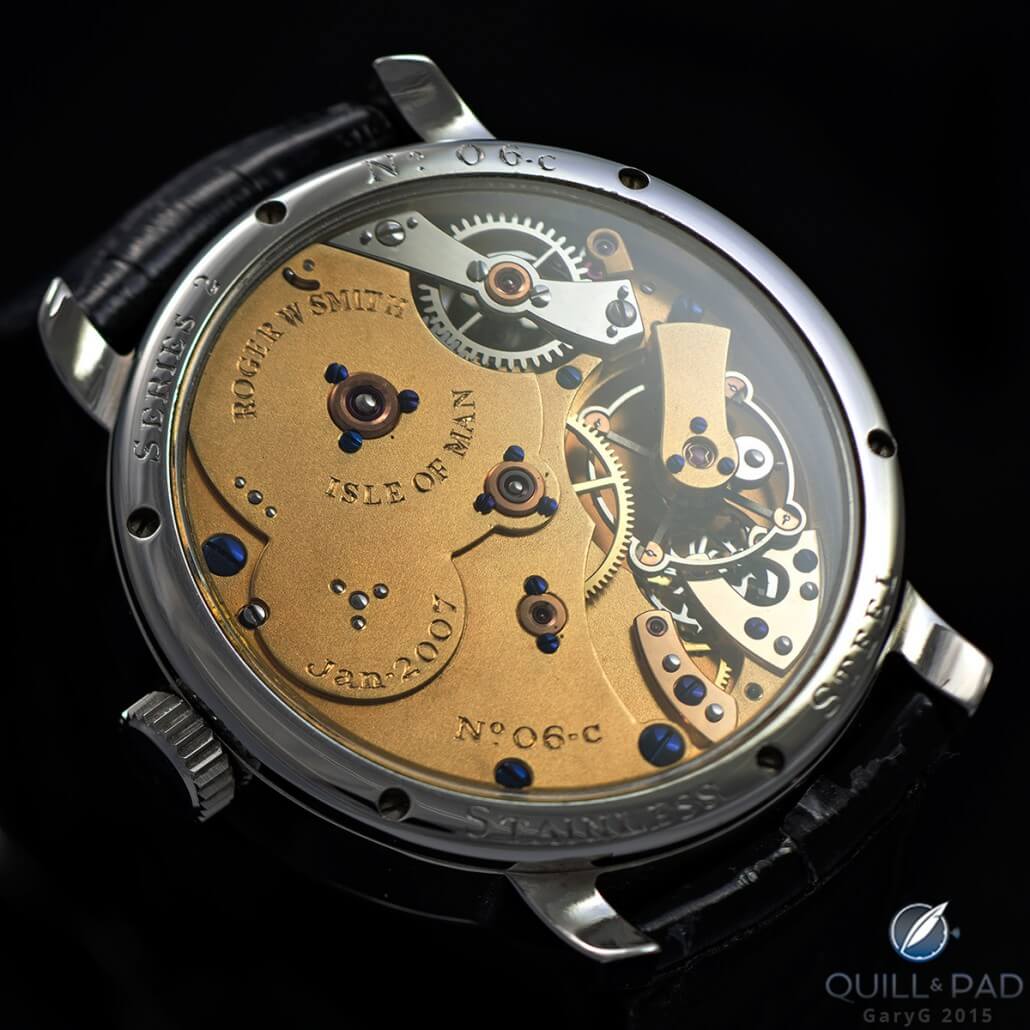
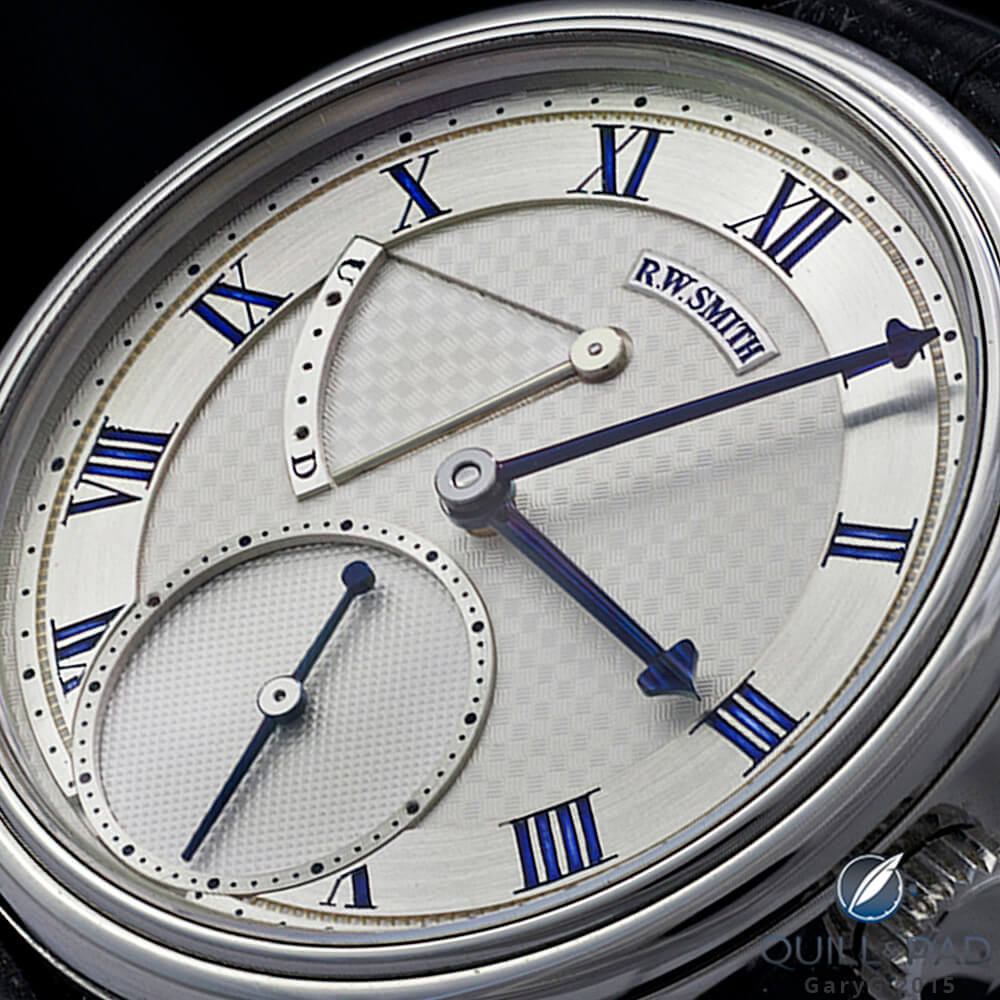
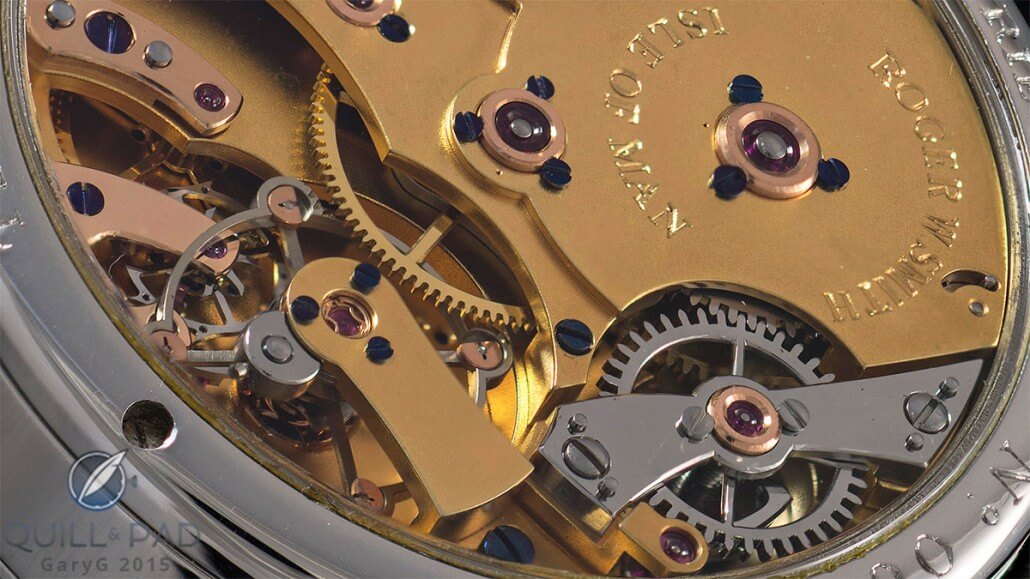
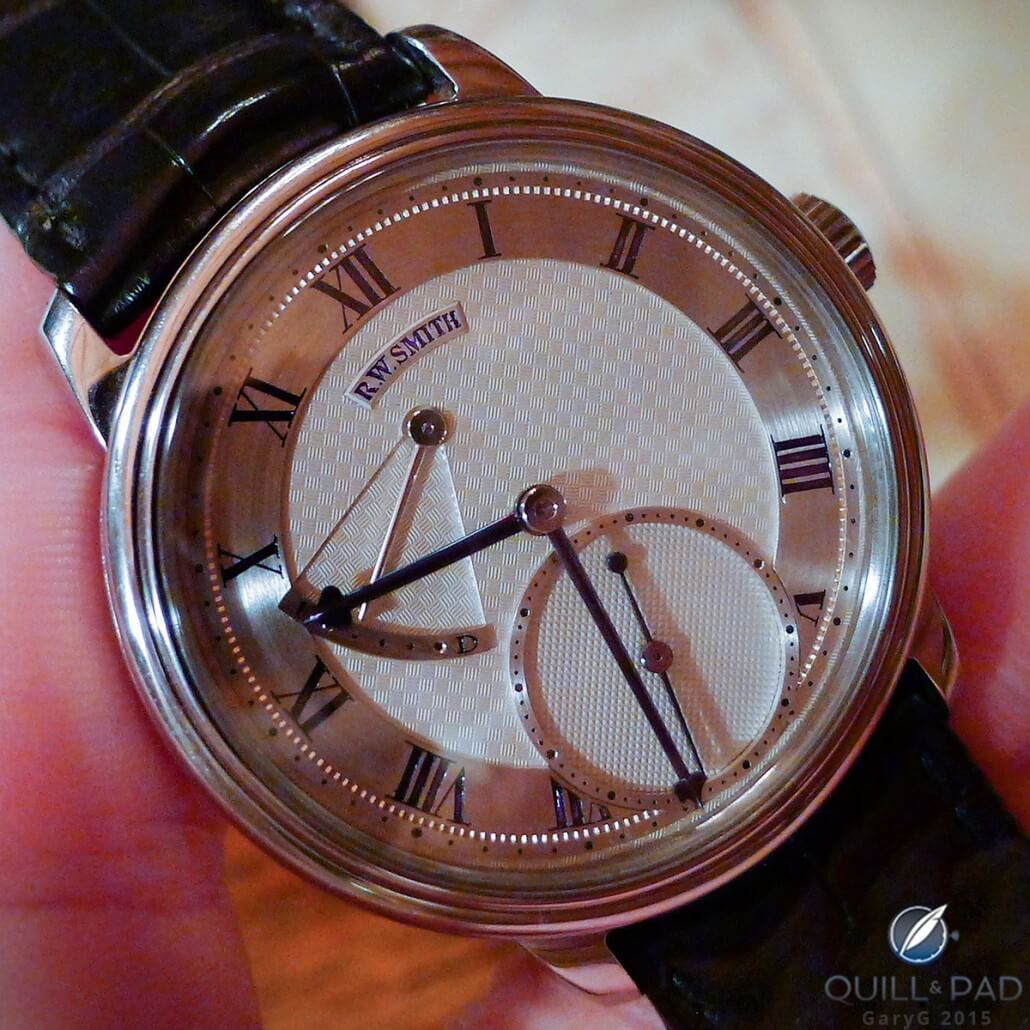
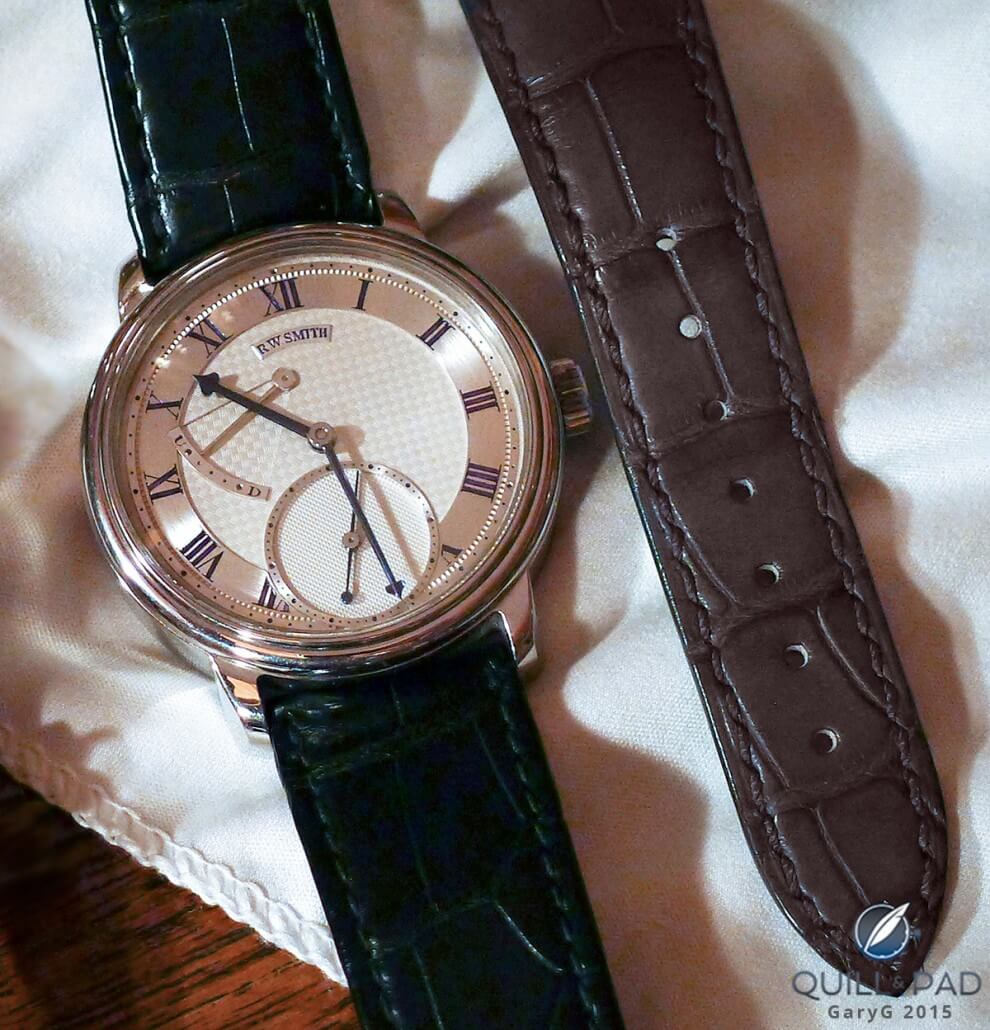
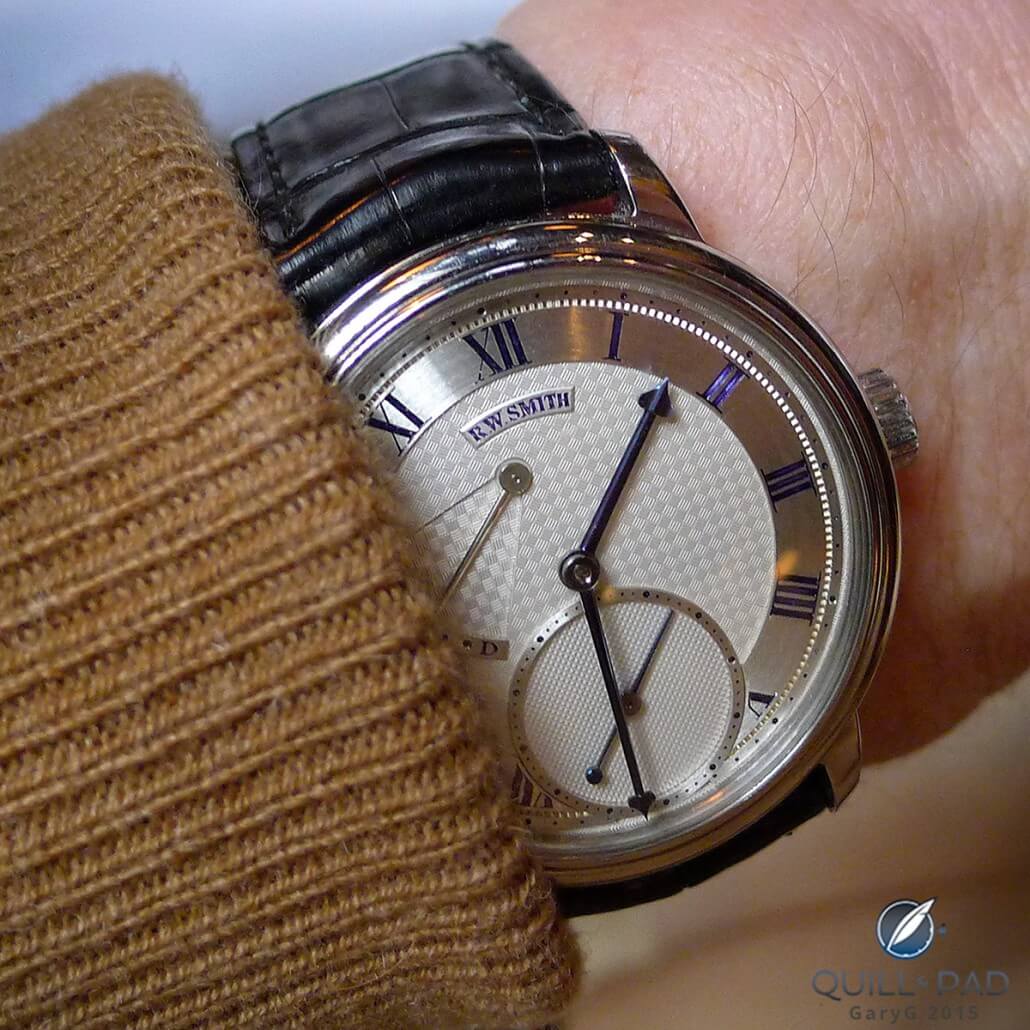
Thank you GaryG for an illuminating review of one of the world’s most desirable watches and some fine pictures.
I’ve watched many of Mr Smith’s video’s on YouTube and they are very interesting. They seem to capture masses of technical information, a most genuine dedication to the art, and the character of a modest and very likeable man.
I’d love to get him talking of George Daniels over a few glasses of wine!
I’m not sure that is fair to describe the non-uniform colour of the hands as an imperfection. Mr Smith discusses this in one of the videos and, although I might be mistaken, he seemed to say that he deliberately aims for elements of a purplish hue to the blue. Also, given that the process is so temperature-dependent, subtle variations in thickness of the hands as they taper from base to tip might be almost unavoidable.
Thanks once again for an excellent article.
HarryS
sads
asdsa
In my book on the oeuvre of Kari Voutilainen, this issue, among others, was discussed to help collectors get some discerning insights about these processes. These methods are not only used by Kari; they are also part and parcel of the manual techniques used by many independent watchmakers using small scaled production methods.
it is impossible to equally heat a tapered, shaped metal object like a hand equally in all areas. The result is that the hand can never be the same color of blue everywhere, as the final depth of the color achieved will be directly related to the temperature level of each area.
And this is a wonderful thing, as the color created the way will appear slightly different under various lighting conditions and shadows, often going from deep purple to blue and back again. It will be as it were ‘alive’. Much more interesting than the rather lifeless blue created by chemical bluing processes for finishing hands in the serial production of hundreds or thousands of units by commercial brands today.
Theodore,
Just wanted to say I saw the video of your presentation at Salon QP with Kari and the illustrations from the book to which you refer. It was very enjoyable and much appreciated. The book must really be something.
Sincere thanks to both of you.
HarryS
Harry and Theodore —
Thanks very much for your thoughtful comments — I’m grateful that you’ve taken the time to provide these explanations.
That said, I’m afraid that I must come back to my original view once again. I’ve owned two of Kari’s watches along with examples from Vianney, Mr. Dufour, and others. Perhaps most usefully, I’ve owned three of Peter Speake-Marin’s pieces, including the No.1 Shimoda in Rose Gold for which he was kind enough, at my request, to re-blue the single hand to the most splendid shade of violet imaginable. Finally, I’ve had the pleasure of handling and photographing a second example of Mr. Smith’s Series 2 in Rose Gold — this one of more recent (2013) construction.
I can tell you without any doubt whatsoever that the uniformity of coloration on the hands of each of these watches was considerably superior to the effect on the Stainless Steel piece featured here. While I take Harry’s point that in the case of the Series 2 the great thickness of the hands makes the attainment of a close-to-uniform color very difficult indeed, I’m not going to budge on my observation that I found the bluing on this particular example a bit disappointing.
Gary,
Interesting observations. Thanks for your thoughts. You’ve clearly had a lot more familiarity with watches of this standard.
Would be great to see some photos of your No.1 Shimoda.
May I ask: what is your preferred DSLR?
HarryS
Thanks, Harry — my intent is certainly not to offend anyone with my observations, but in fairness I do feel that I should point out the occasional disappointment along with the helpings of well-deserved praise!
I will take a look through my back photo files for any usable Shimoda shots — it’s been a couple of years or perhaps longer since I sold it, and my photo skills have gotten a lot better since then…
Right now my macro setup is based on the Nikon D810, almost always with the 85 PC-E tilt-shift lens.
Thanks again for sharing your observations.
Great shots Gary!
I’ve seen this particular piece in person numerous times and compared it directly to other Series 2 pieces and can confirm that the movement finishing is less consistent on this one than the others I’ve seen. It’s one of the very first Series 2 pieces, which may account for some of the lapses, but I compared it to other very early pieces and saw clear differences. I know Roger had a devil of a time with the case, so maybe that had something to do with it somehow, but I can’t make complete sense of it.
That said, I still find it beautiful and, for me, the distinctive stainless steel case adds to the desirability in a way that more than makes up for the inconsistencies in the execution in my book.